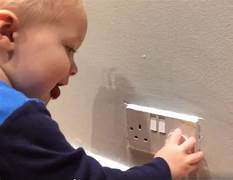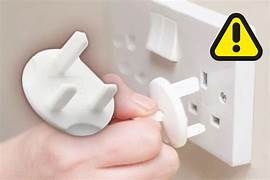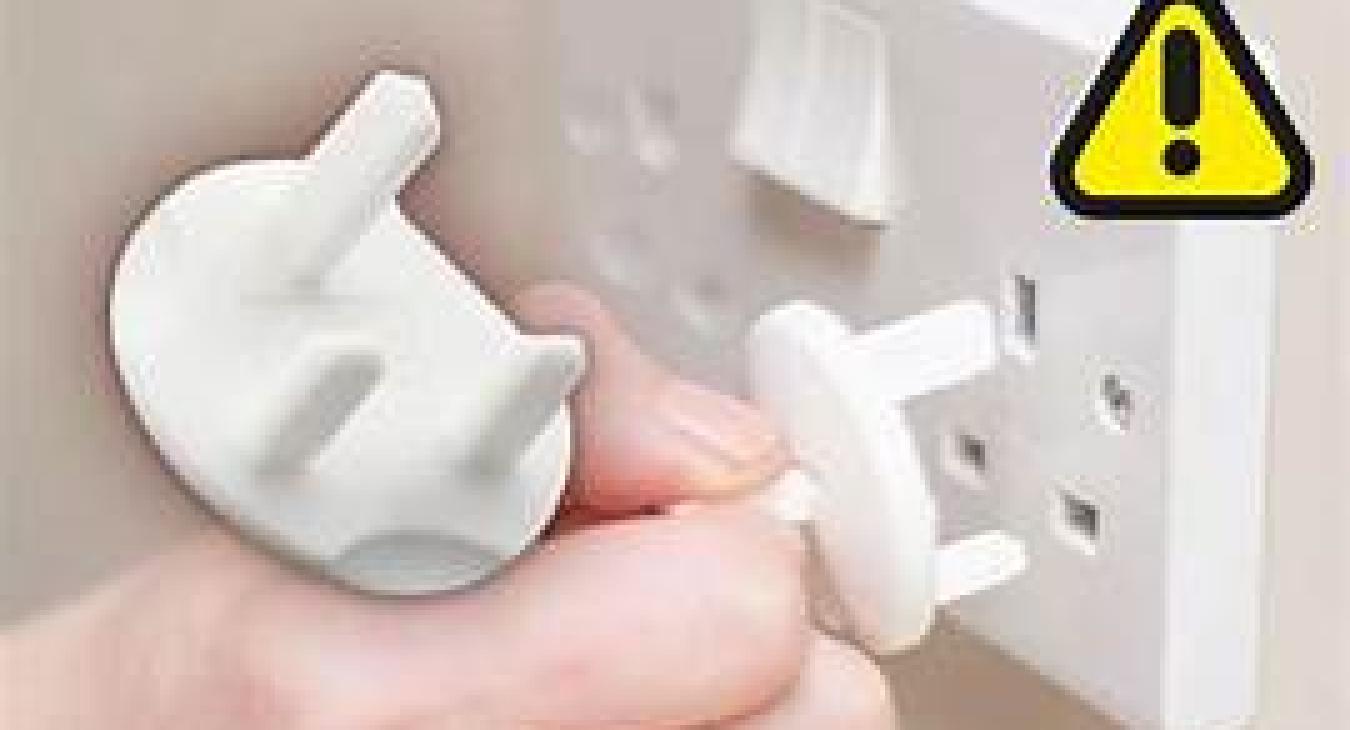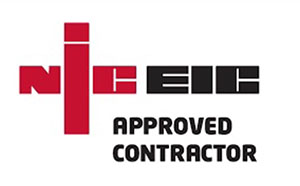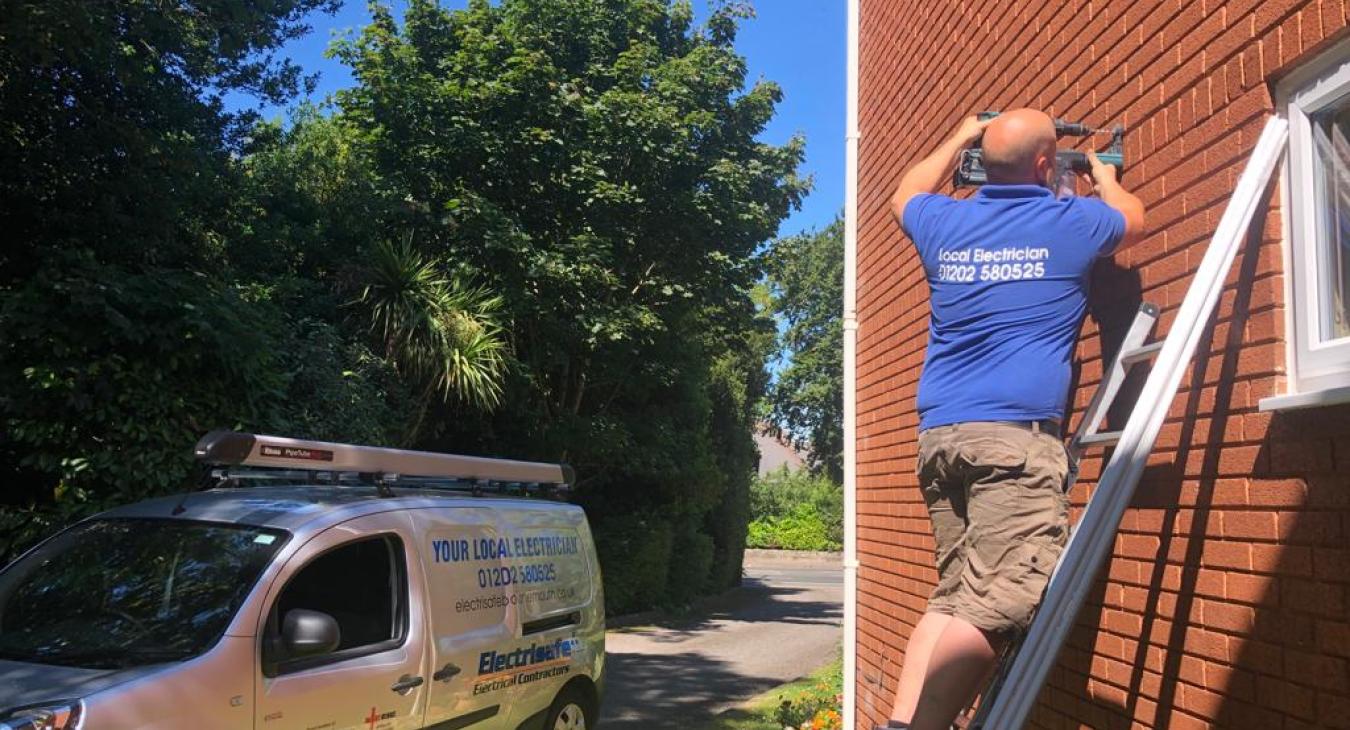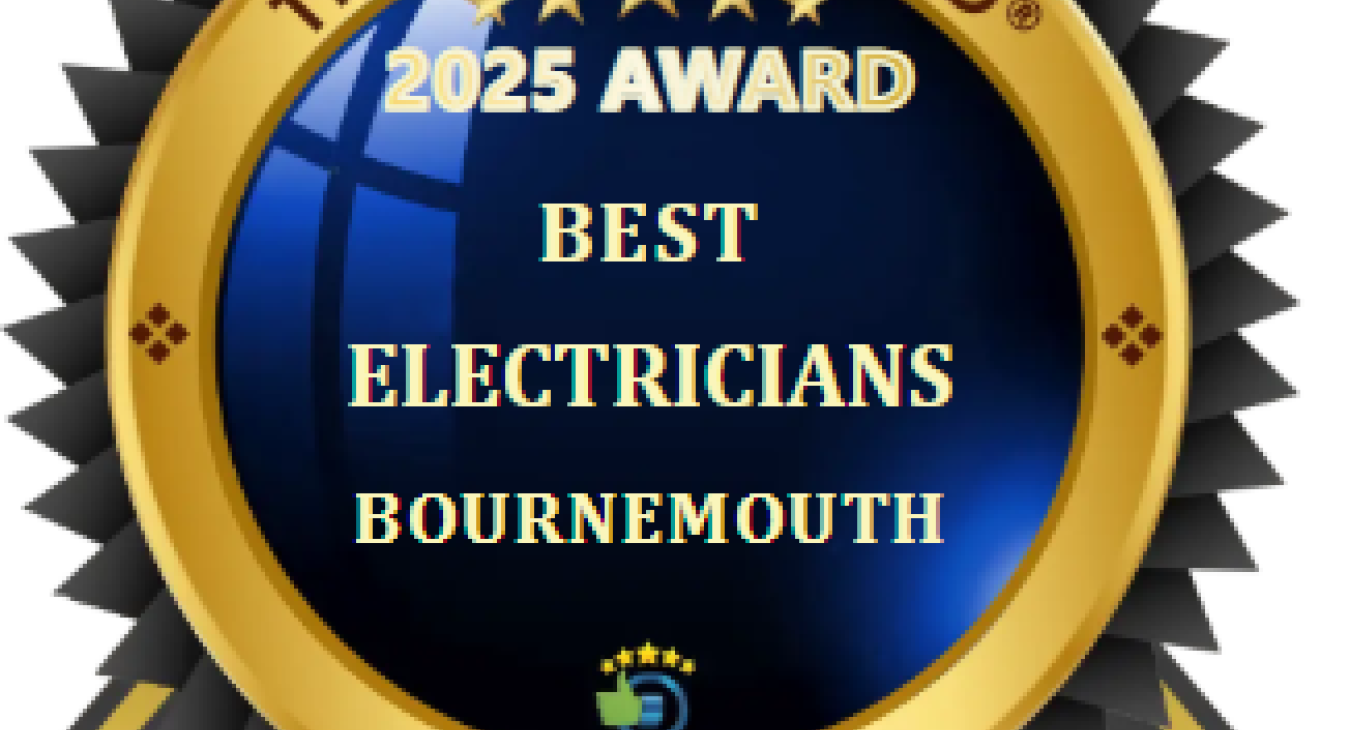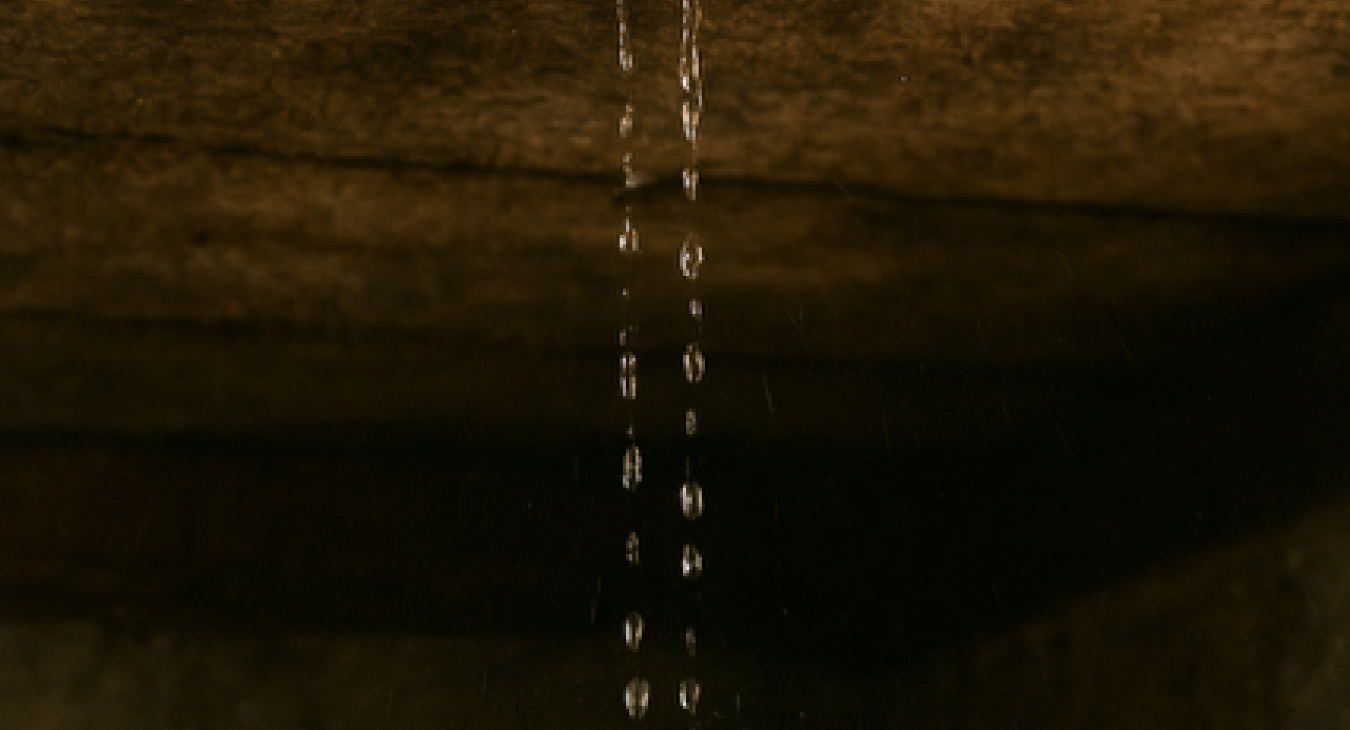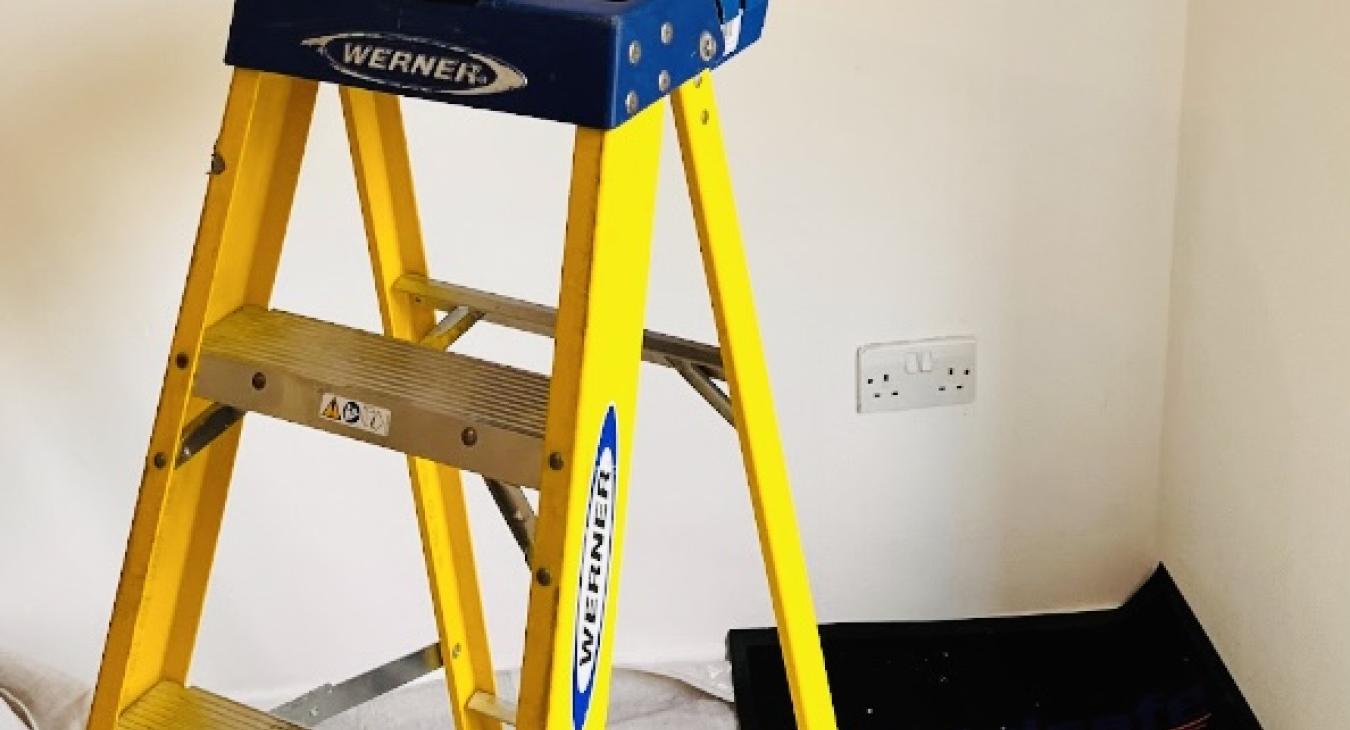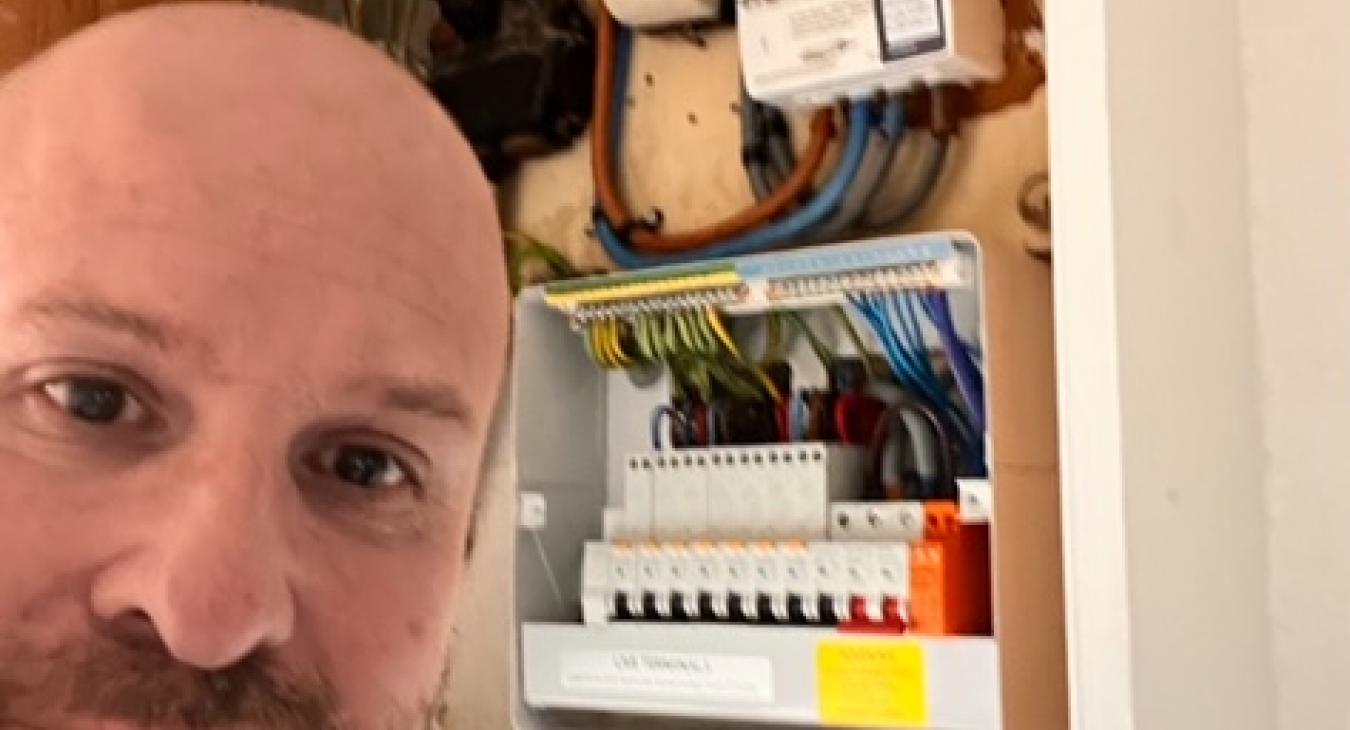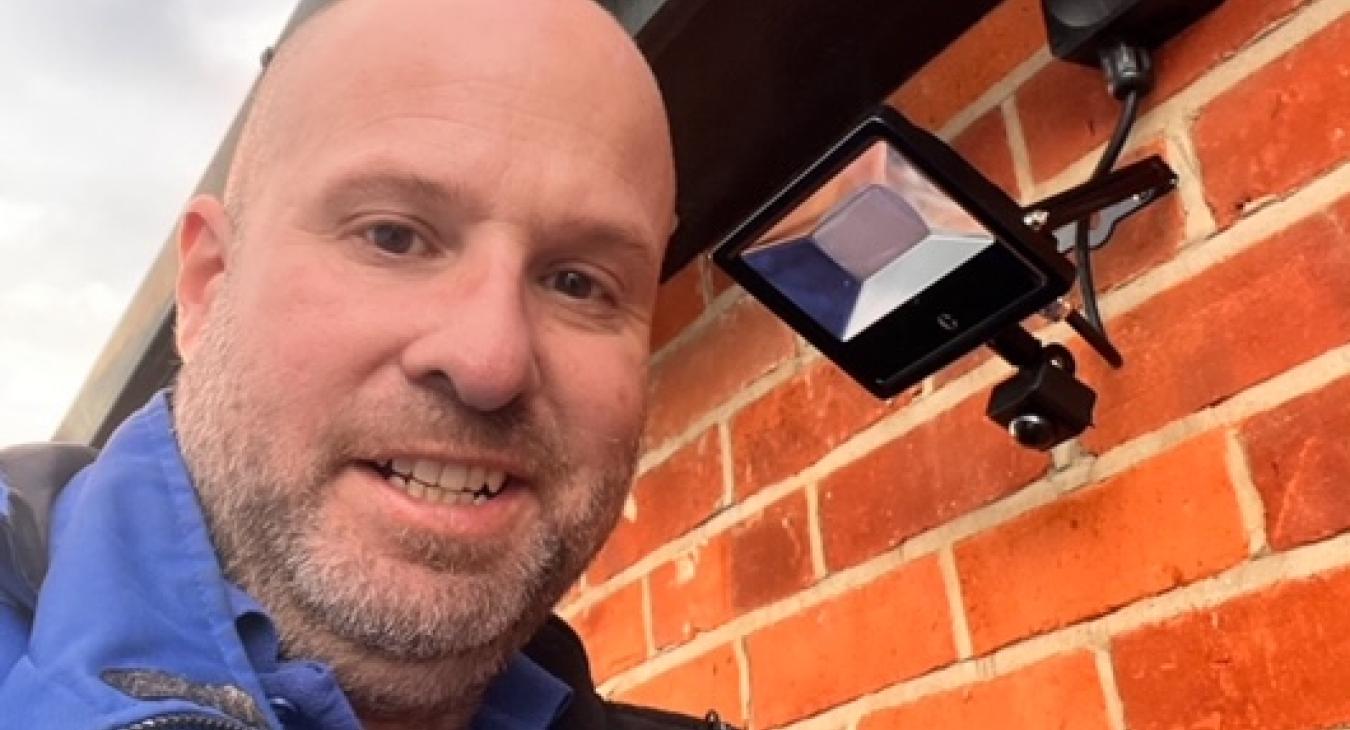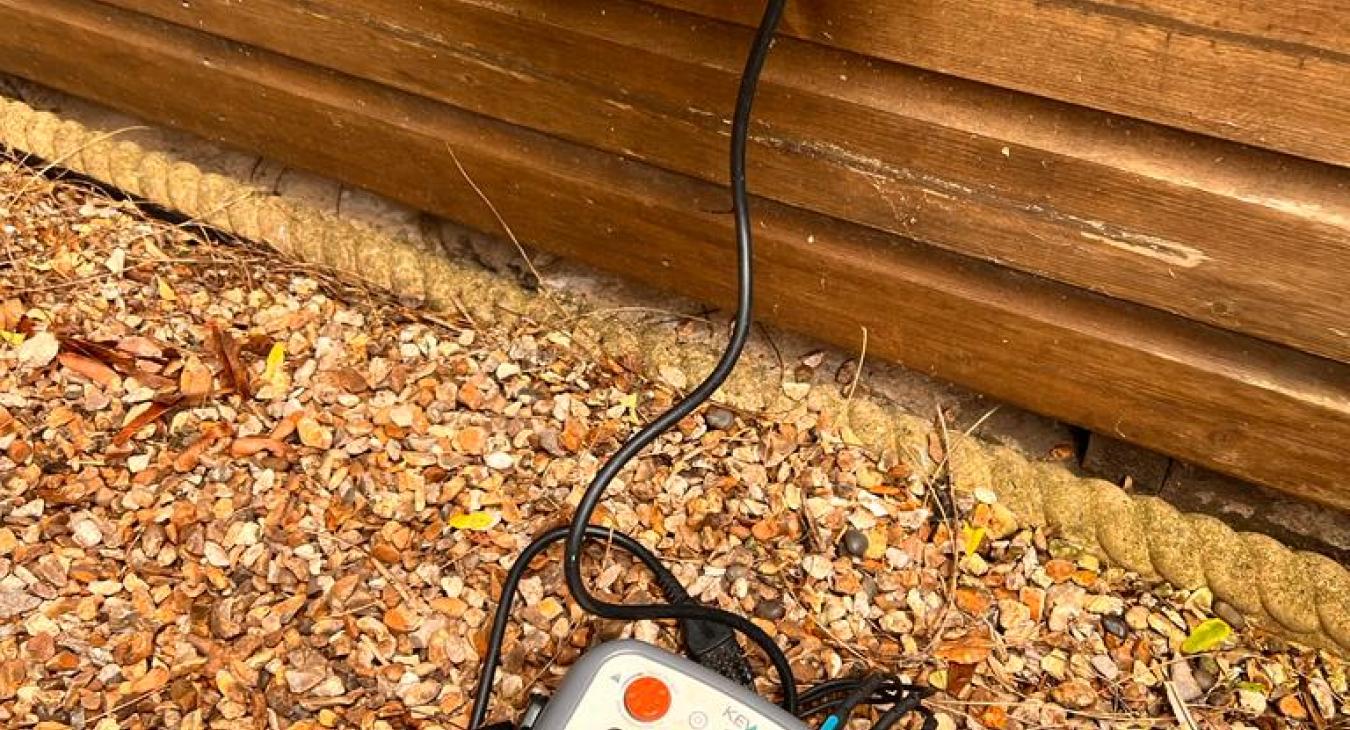Paul quickly sorted out the problem with my storage heater.
The Hidden Dangers of Plastic Plug-in Socket Covers:
What Every Parent in the UK Needs to Know
When it comes to childproofing your home, one of the biggest concerns for parents is protecting children from electrical hazards. Plastic plug-in socket covers, often referred to as socket protectors, have long been promoted as a simple solution to prevent toddlers from accessing electrical outlets. However, recent studies and guidance from UK safety experts suggest that these devices may actually be more dangerous than helpful.
In this blog, we’ll explore the dangers of plastic plug-in socket covers and recommend safer alternatives that comply with UK safety standards.
The False Sense of Security
Plastic plug-in socket covers are designed to prevent young children from inserting objects into live electrical outlets. However, despite their intended purpose, these devices often provide a false sense of security. Many socket protectors can be easily removed by curious toddlers, potentially exposing them to the very electrical risks they are meant to prevent.
In the UK, standard electrical outlets are designed with built-in safety features that already minimise the risk of electrical shock. British Standard BS 1363 mandates that all socket outlets must have internal shutters that prevent access to live components unless a properly sized plug is inserted. This means that, under normal circumstances, UK sockets are already inherently safer than those found in many other countries. Using plastic plug-in covers can compromise this safety by damaging the internal shutters, potentially leaving the socket more dangerous than before.
The Hidden Dangers
Here are some key reasons why plastic plug-in socket covers can be hazardous:
Easily Removable by Children
Many plug-in socket covers are designed to fit loosely into the outlet, making them easy for children to pull out. Once removed, the outlet is exposed, and children may see the socket as something to investigate further. This turns what was supposed to be a safety device into a dangerous temptation.
Damage to Safety Shutters
UK sockets are already fitted with internal shutters that close off the live and neutral contacts unless a plug is correctly inserted. Poorly designed plastic plug-ins can damage these shutters, leaving the sockets less safe than if no covers were used at all. According to safety campaigns led by **Electrical Safety First**, forcing plastic covers into sockets can actually impair their ability to function as intended.
Fire Hazard
Many plug-in socket covers sold online and in stores are of questionable quality. These covers may not meet UK safety standards, potentially creating a fire hazard if they warp or become stuck inside the socket. Additionally, if they interfere with the internal mechanics of the socket, it could result in electrical faults.
Choking Hazard
Socket covers are often small and made of lightweight plastic, which can pose a choking risk if a child manages to remove one and place it in their mouth. The irony is that a device intended to protect your child could, in fact, endanger their life.
Expert Guidance
UK safety organisations and electrical experts are increasingly advising against the use of plastic socket covers. Both the Royal Society for the Prevention of Accidents (RoSPA) and Electrical Safety Firsthave issued warnings about the dangers of these products. Their consensus is clear: UK socket covers are not necessary and can actually be dangerous.
The NHS also supports this view, stating that modern UK sockets are designed with built-in safety features and that additional covers are unnecessary and potentially harmful.
Safer Alternatives to Plastic Plug-ins
Fortunately, there are more effective and safer ways to protect your children from electrical hazards, which comply with UK standards. Here are a few recommended alternatives:
Tamper-Resistant Sockets
UK sockets are already designed with tamper-resistant features in the form of internal shutters, making additional covers redundant. However, ensuring that your sockets are modern and undamaged is key. If you live in an older property, consider having your sockets checked by a qualified electrician to ensure they meet current standards.
BS-Approved Socket Covers
If you still feel the need for an additional barrier, look for socket covers that meet British Standards (BS 5733). These products are designed specifically for the UK market and are less likely to damage your outlets or compromise their safety features.
Out-of-Reach Placement of Appliances
One of the simplest ways to protect children from electrical hazards is by ensuring that appliances are out of their reach and that unused sockets are not easily accessible. For example, placing furniture in front of sockets or using extension leads that are hidden or mounted away from where children play can reduce risks.
Educating and Supervising Children
Education and supervision are often the most effective ways to prevent electrical accidents. Teach children early about the dangers of electricity and ensure they are supervised in areas where electrical outlets and appliances are in use.
Summary
Plastic plug-in socket covers might seem like a quick fix for childproofing your home, but in reality, they may do more harm than good. UK electrical sockets are designed to be safe without the need for additional covers, and using these devices can compromise the very safety features that make UK outlets secure.
Instead of relying on plastic socket covers, focus on more effective methods such as maintaining modern outlets, using BS-approved products, and keeping sockets out of reach. By doing so, you can create a safer environment for your children without inadvertently introducing new hazards.
Your child’s safety is paramount, and ensuring your home meets modern electrical standards is the best way to keep them protected.
If you think your sockets are out of date? Give us a call or fill out my contact form today.

